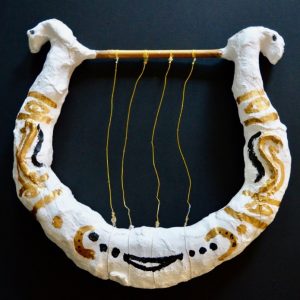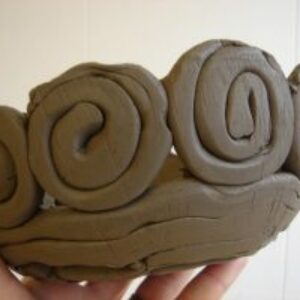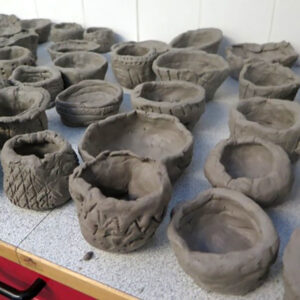During the first Sketchbook Meet Up to help support teachers on their Sketchbook Journey, we asked participants what they wanted pupils (and teachers) to gain from using sketchbooks. We put the answers through a word cloud tool so that we can see what is important. Although the larger words are vital, there are also clues in the smaller words which came up less often – but which also offer insight into what kind of place a sketchbook might be.
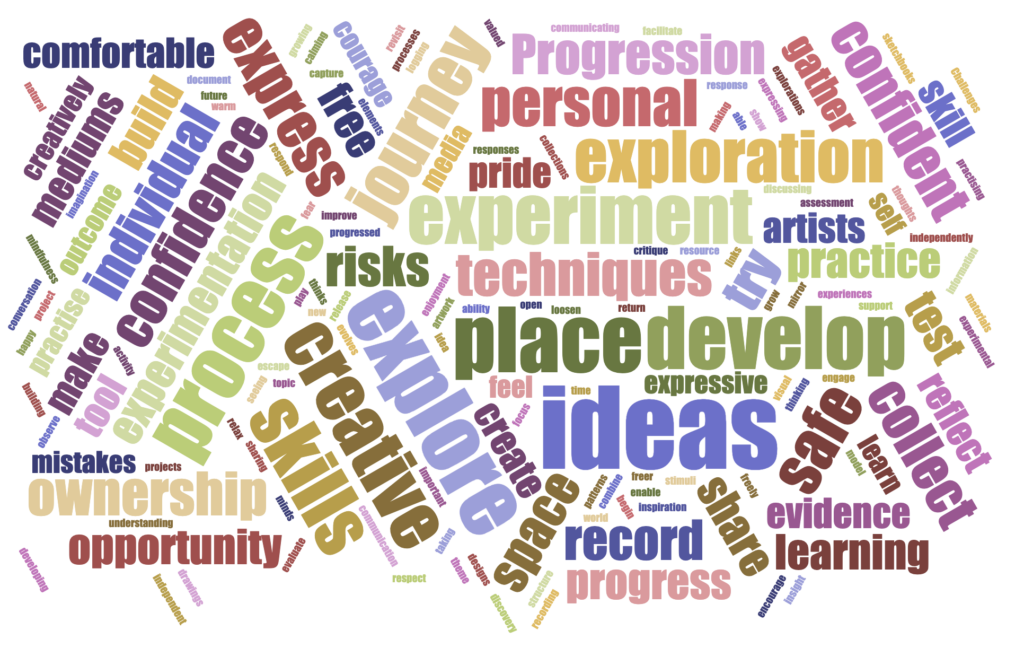
You Might Also Like…
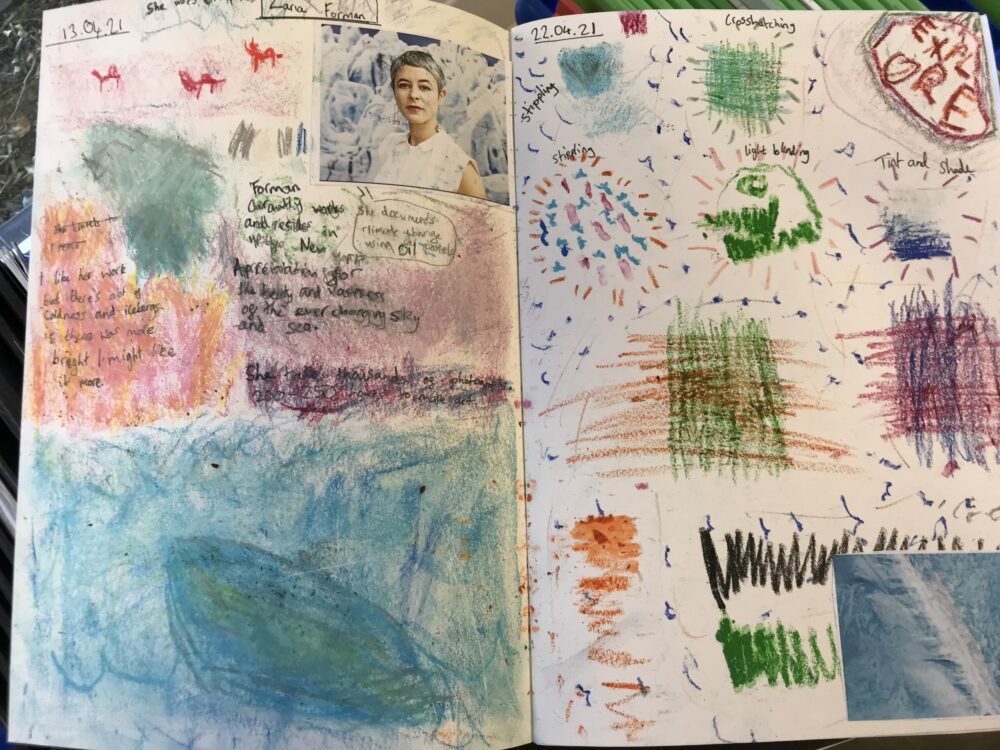
The Sketchbook Journey
Explore the AccessArt Sketchbook Journey to grow your understanding about what sketchbooks are and how they might be used.
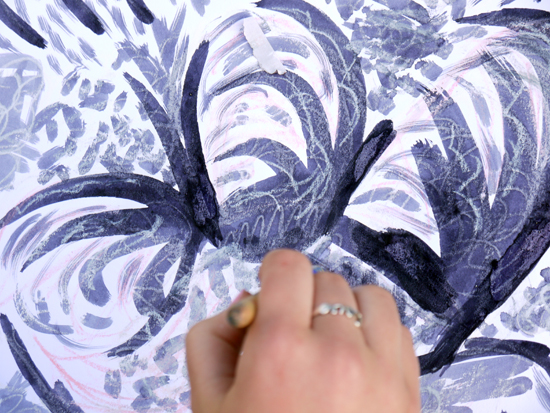
The AccessArt Network
Join our network on facebook and continue the conversation, share and support.
What We Like About This Resource….
“This activity is a great example of how we can use paper as the focus of creativity. Often we use paper purely for drawing or painting on, but here, it is central to the activity itself. While these particular folded sculptures have their roots in Turkish culture, you could still deliver the activity if looking at things like Origami too, thus linking it across different cultures” – Rachel, AccessArt
You Might Also Like….
Puzzle Purses Part 1
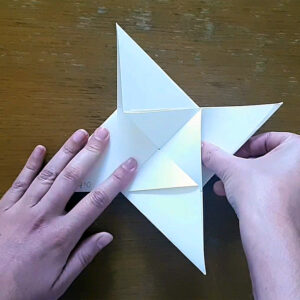
Puzzle Purses Part 2
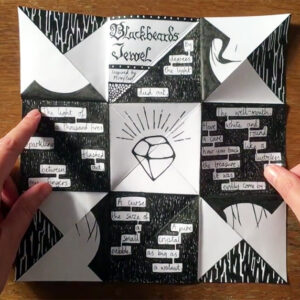
Paperback Figures
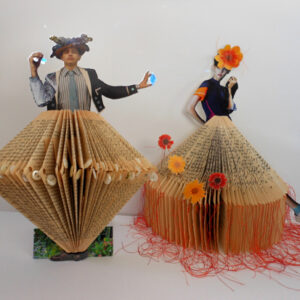
What We Like About This Resource….
“It’s really interesting to hear how the interest Liz has in the quality of light comes from a personal place and is something she has responded to since childhood. Seeing how her work has developed over the years is therefore a really positive re enforcement that individual creative journeys, where nurtured, are so central to a rich arts education. We also love hearing Liz is always on the ‘quest for knowledge’ – meaning she is open to her ideas constantly evolving and the process of gathering new information and inspiration never stops!” – Rachel, AccessArt
You May Also Like…
Pathway: Brave Colour
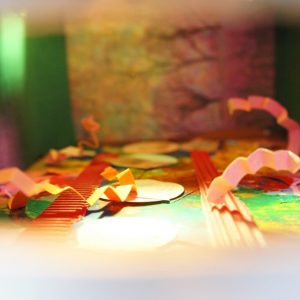
using sketchbooks to make visual notes
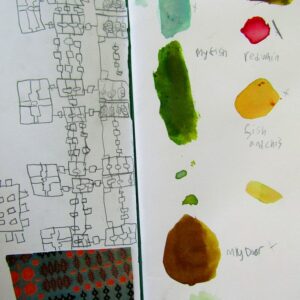
Show me what you see
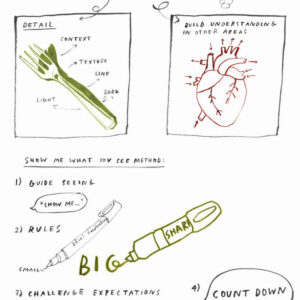
Lightbulb Art

Mini World Light Boxes

Visual Arts Planning: LIght and Dark
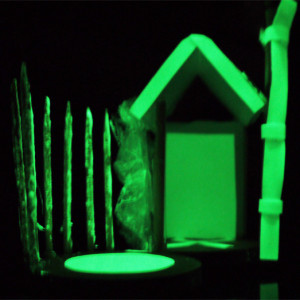
What We Like About This Resource….
“This project provides a real opportunity for children to engage with a range of different processes to produce truly individual final results. Jan Miller is an experienced teacher and connects her projects well with learning outcomes. In this case, children are encouraged to have a loose approach and to make their own creative decisions – which is such a valuable part of any child (or adults!) creative education”. – Rachel, AccessArt
You Might Also Like….
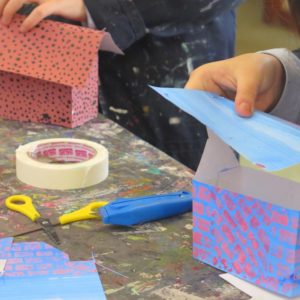
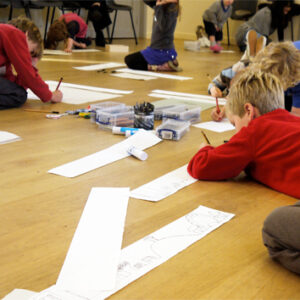
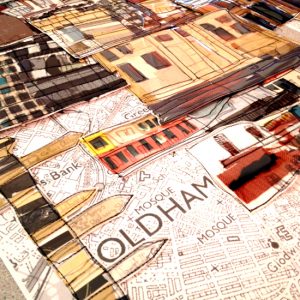
What We Like About This Resource….
“This project links poignant subject matter with meaningful art processes and local history. What we learn about the re purposing of materials, (in this case spent ammunition) re affirms how we can use what is around us as a starting point to making and creating. You could extend or adapt this project by looking at broken pottery, re purposing that into new sculptures that link with Roman or other local historical cultures” – Rachel, AccessArt
You May Also Like….
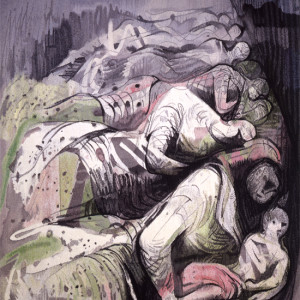
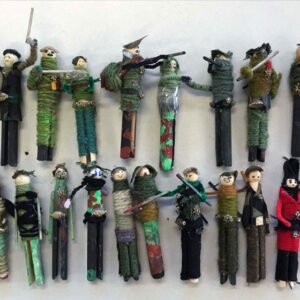
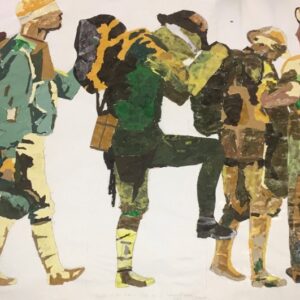
What We Like About This Resource….
“We really enjoyed reading about the process of creating art work according to a design brief and how the experience of this differs to when an artist begins with their own idea or concept. That’s not to say an artist can’t approach a brief with their own individual style and ideas, but what this post shows us is that there can be a balance between the two. This would be a great resource to show older KS pupils who may be beginning to consider their options beyond Primary School”. – Rachel, AccessArt
You Might Also Like….
Pathway: 2D Drawing to 3D Making
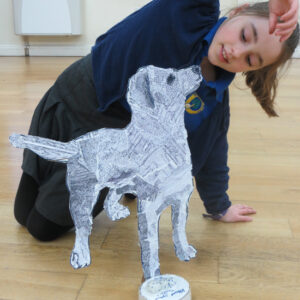
Talking Points: Packaging Design
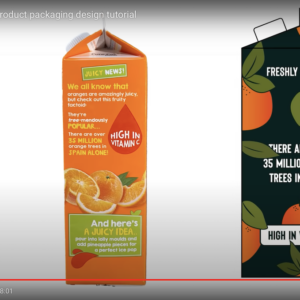
What is Typography
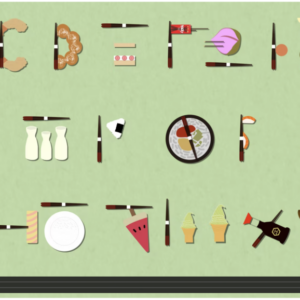
Which Artist: Rachel Parker
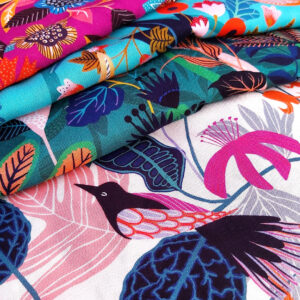
Repeating Patterns
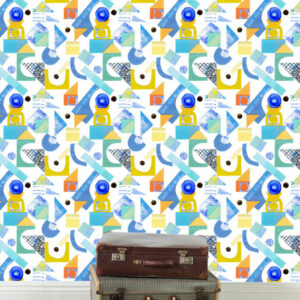
Block Printing Repeat Patterns
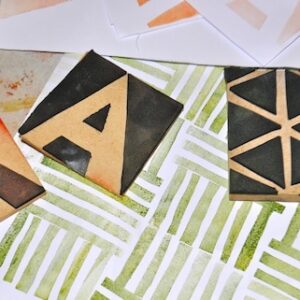
What We Like About This Resource….
“It’s interesting to hear Theresa describe Printmaking as a social activity, with the shared use of materials and equipment so central to the practice. This could be a positive way of working for lots of children in school, where instead of just working on individual art work, they can collaborate and embrace the creative sharing experience!” – Tobi, AccessArt.
You Might Also Like….
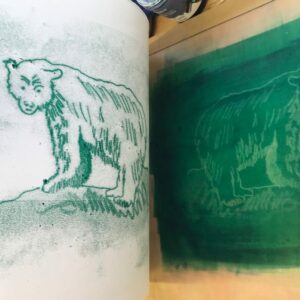
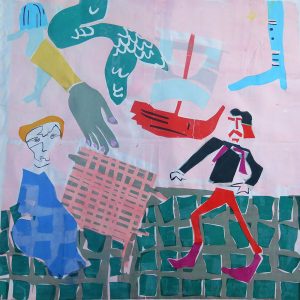

What We Like About This Resource….
“This resource is a lovely example of how words and text can generate ideas, which can then be transferred to paper. Working in this way with children is a great way fo them to engage with literature – and to have an individual response. Try reading poems out loud to a class and ask them to list all the images that spring to mind before exploring those images through drawing”. – Rachel, AccessArt
You May Also Like…
Pathway: Telling Stories through drawing and making
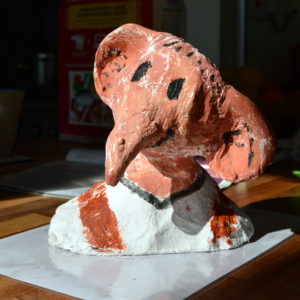
Rosie Hurley: Esio Trot
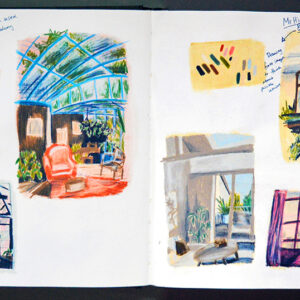
Poetry and Printmaking
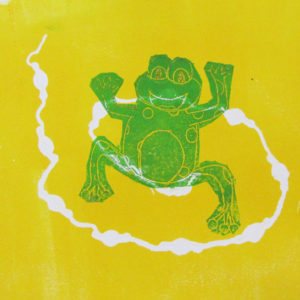
Found Poetry
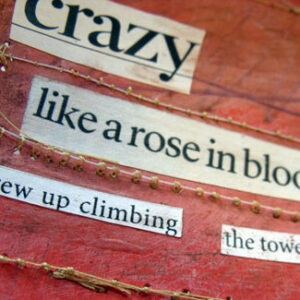
You Might Also like…
Pathway: Telling Stories through drawing and making

We are all passionate about the importance of art education, and we all represent different audiences. To help explore how we can help support each other to help create a more sustained pipeline from early years through to life long learning, and to build new links within the pipeline, we need to consider our Wish List. The audiences we work with do not exist in a vacuum – they are part of a larger picture. By sharing our wish lists we might be able to see where we can better support and learn from each other.
Thinking in particular about the individuals, organisations and institutions around you, what would you like to ask of them? Is there a type of organisation you have never had experience of collaborating with, but would like to.
Some examples:
-
You are a secondary school teacher. Can you describe the traits of Yr 7 pupils you would love to inherit from your feeder primary school.
-
You work in HE. You’ve never worked with EYFS teachers, or children that age, but you’d quite like to see what goes on in early years education to better understand the other end of the educational chain.
-
You work in FE. What would you like to ask GCSE and A level teachers to develop – in terms of skills in Foundation Course Students?
-
You work in a creative industry. Which skills would you like to elevate in primary and secondary schools?
-
You are a practising artist/designer. Think back to your 7 year old self. What gift list would you wish on your 7 year old self? On your 85 year old self?
-
There is an issue which you come up against time and time again. What is it and how can your wish list fix it? Who are you asking for help?
How to Share Your Wish List
-
Teachers, Educators, Policy Makers, Stake Holders, Parents, Artists and Students – We invite EVERYONE to send us your wish list, by email, and we will share as many of those lists as we can via the AccessArt website.






























